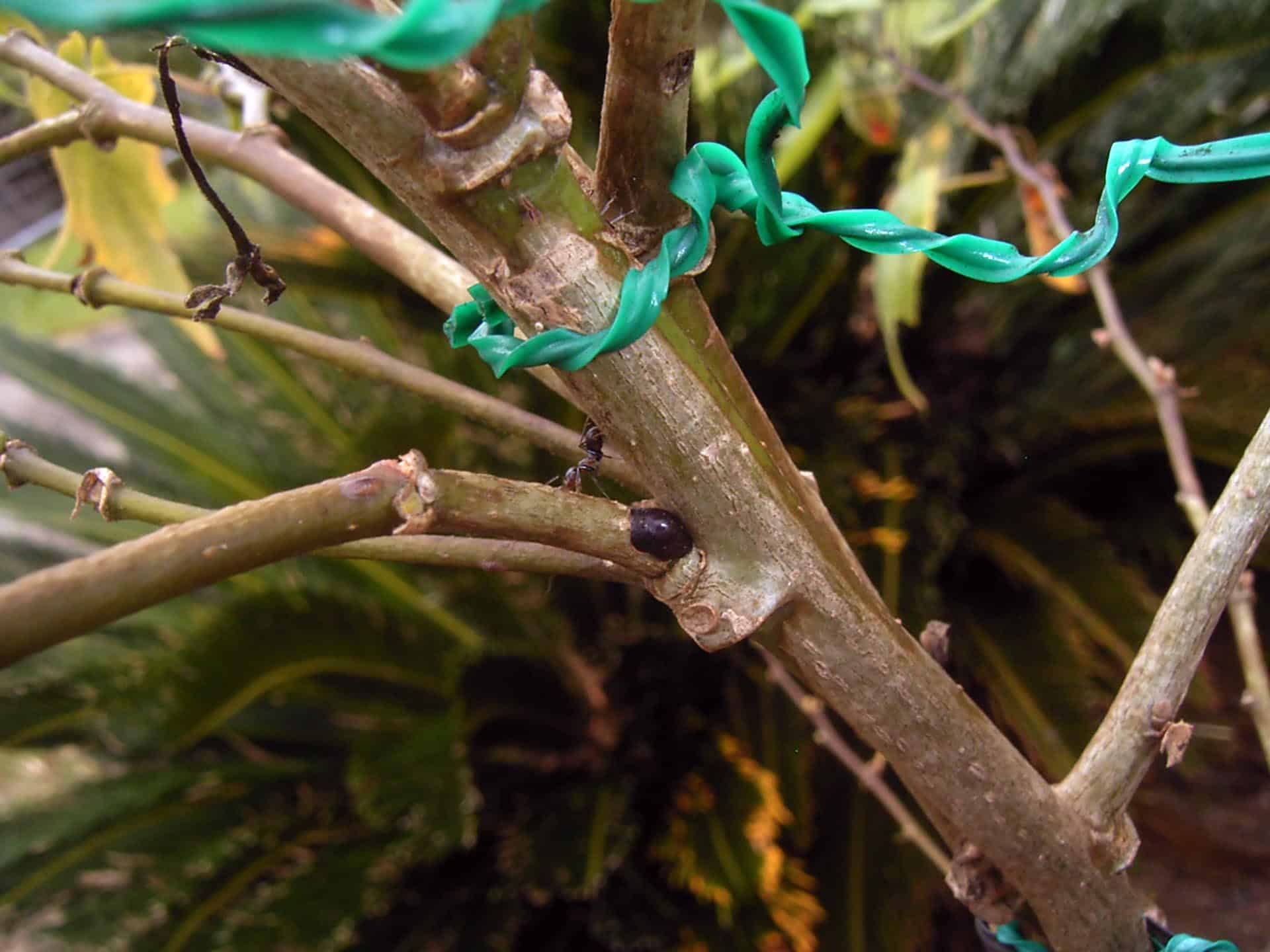Why they are a Pest
They feed on a wide range of plants, and can severely affect the growth of the plant, weakening it and distorting the new growth. Heavy infestations can severely affect the health of the plant.
As with aphids, these scale secrete honey dew which attracts ants. The ants protect and “farm” the scale bugs, transporting them to other areas on the plant.
S. oleae can be found on citrus, pistachio, pear, stone fruit, pomegranate, passionfruit, quince, fig and is a major pest in olives
P.nigra- avocado, citrus, guava, ginger, hibiscus, lillypilly, mango
The honeydew itself can grow sooty mould (a fungus), which will not kill the plant but does inhibit photosynthesis. It can be treated with a soap spray, white oil or neem spray.

